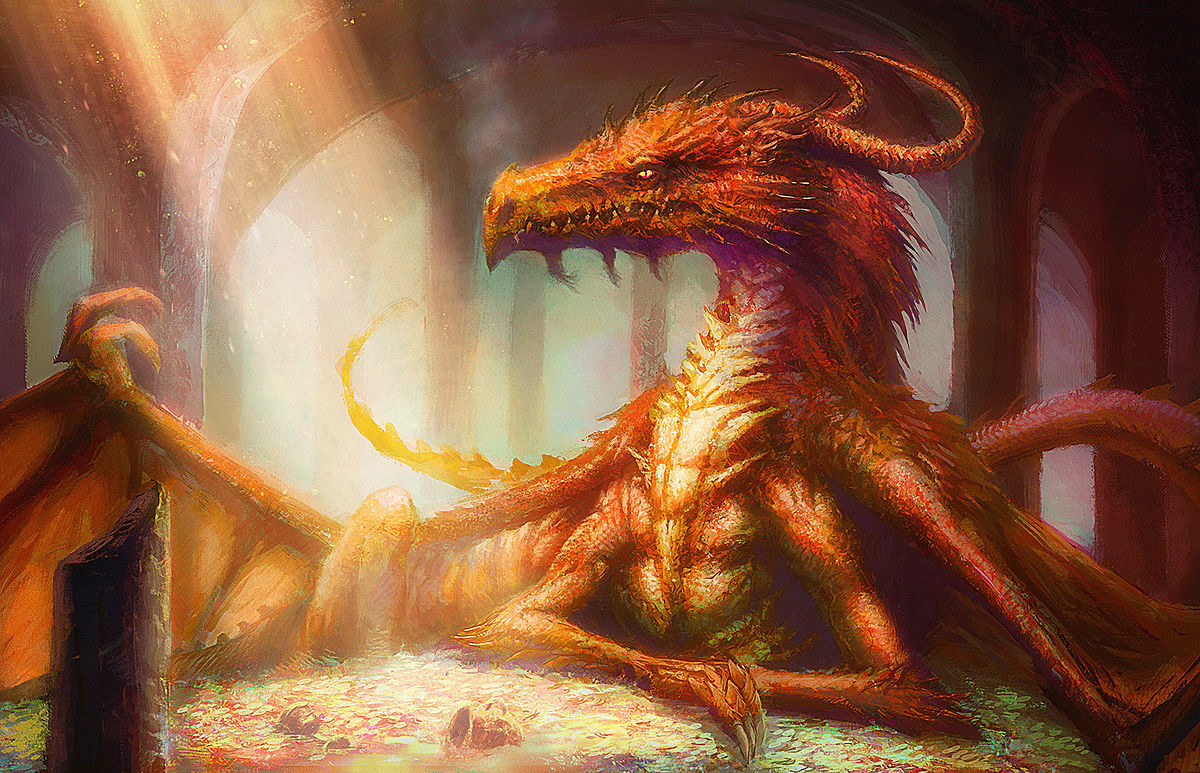

Dragons have always been present in the imaginary of mankind, and next to cultural and mythological significance they have also been present in fantasy literature for a long time (Marostica, 2018). Their role in this fantasy literature has changed over time to adapt different character traits for the creatures, from antagonistic to a possible ally and friend. The first role that dragons have is best showcased through the fantasy books written by Tolkien, particularly the dragon Smaug in The Hobbit (Tolkien, 1937). The dragon Smaug introduces several characteristics and traits of modern fantasy dragons from both his appearance and personality. He is described to have a serpentine body, bat-like wings and four legs while his personality is cunning and he has a passion for collecting gold. His cunning personality is accompanied by a love for talking and riddles, which many future fantasy dragons have adapted as well (Marostica, 2018). While Smaug is presented as an evil being that must be destroyed, this is not necessarily the role of every dragon in modern fantasy. A change can be seen from this original dragon by Tolkien in other fantasy literature. Dragons in these books are represented as wise creatures and worthy of admiration in other series such as Ursule Le Guin’s Earthsea (1968). This admiration for dragons can be taken further in media where dragons and humans are linked to each other as companions. A great example of this is in the Dragonriders of Pern (1967-2012) series written by Anne McCaffrey. The importance of this series is not in the appearance of the creatures but rather in how they interact with the human characters, these characters form a mental bond with their rider and are linked both mentally and physically (Marostica, 2018). This relationship between human and creature can be seen as an inverse of the earlier depiction that Tolkien wrote with Smaug, the dragon has evolved from a simple antagonistic role to a creature that advises and lives alongside a companion (Marostica, 2018).